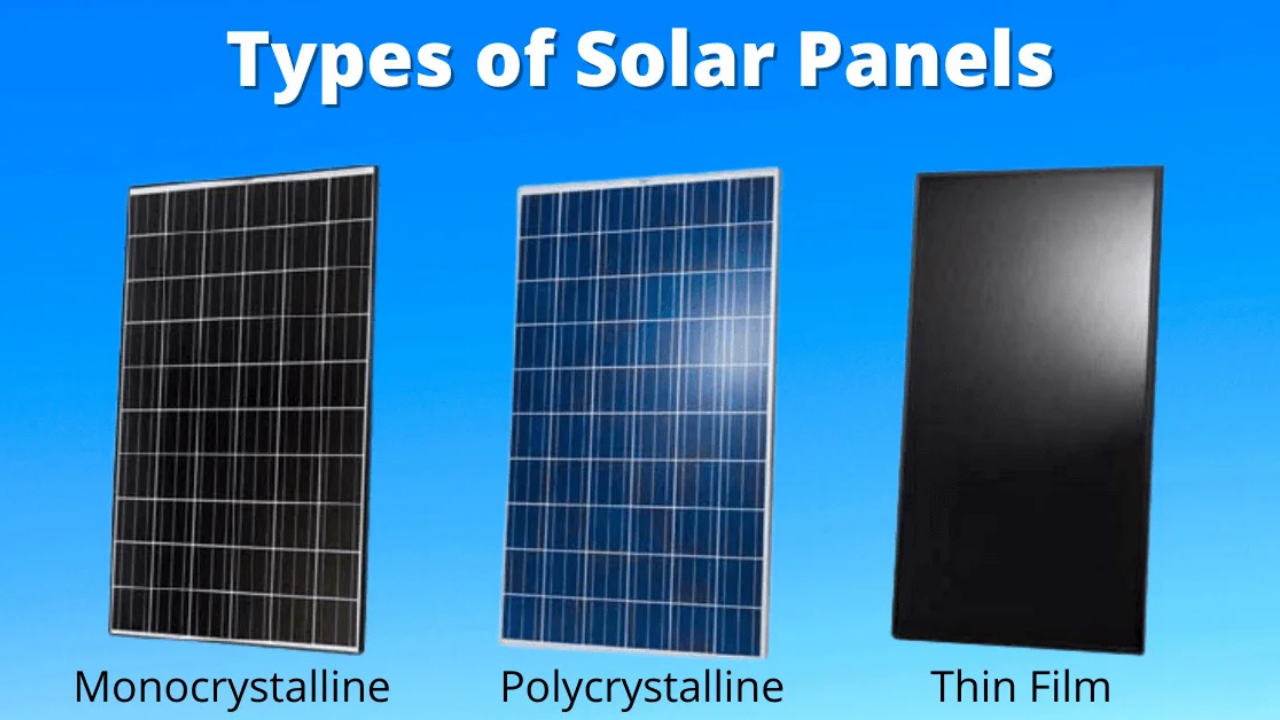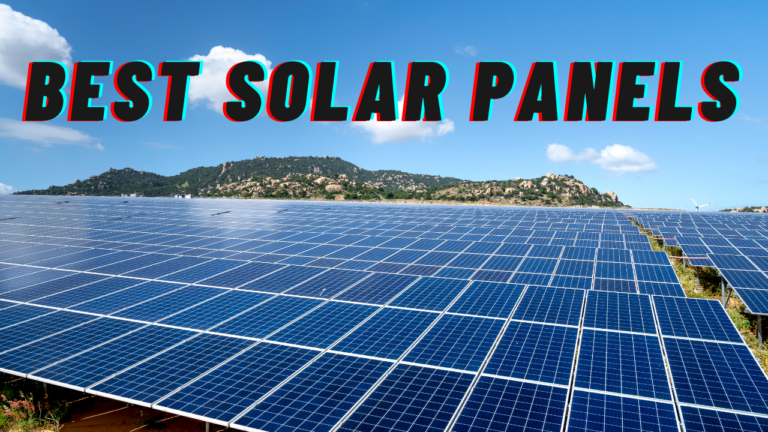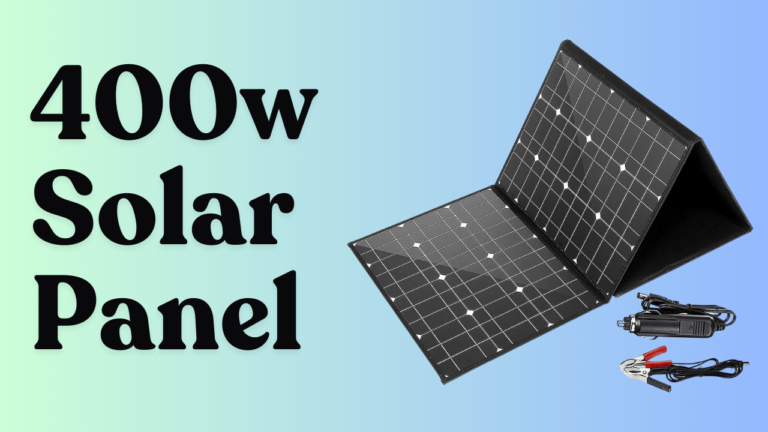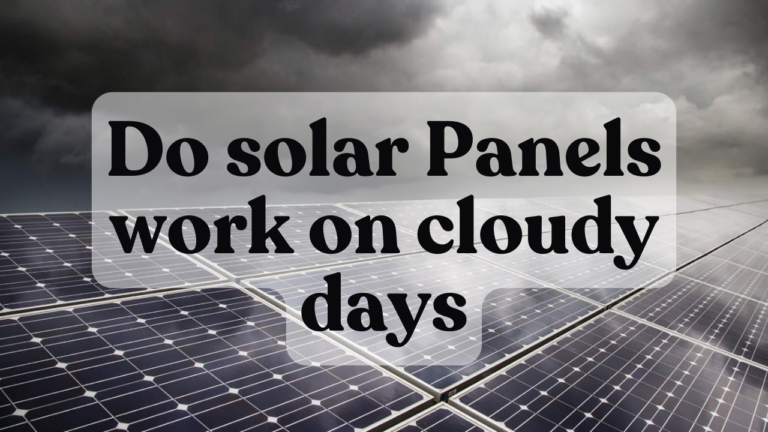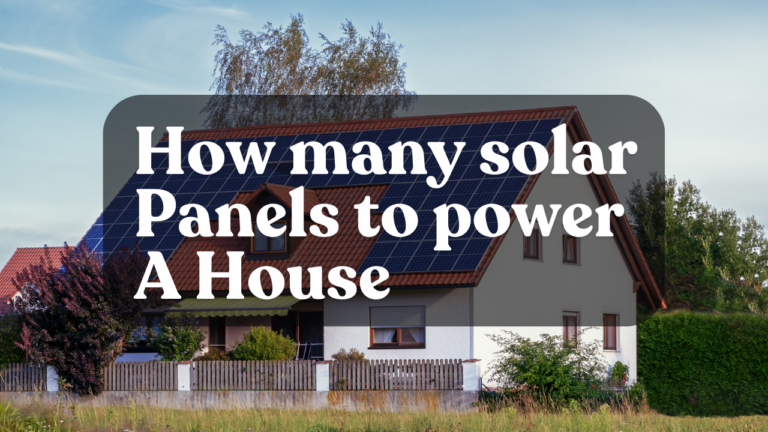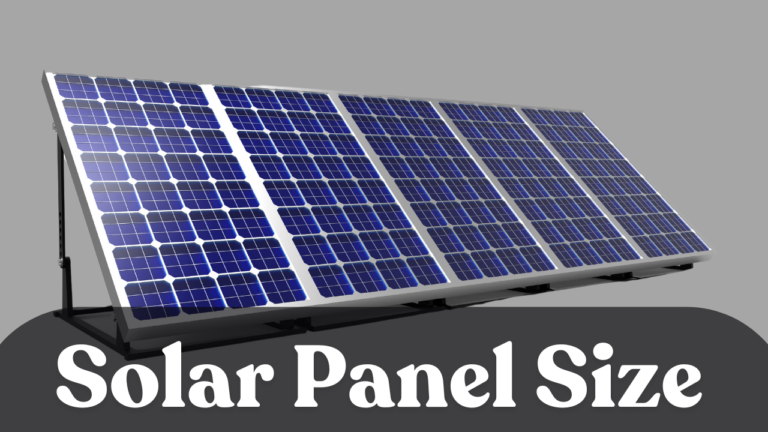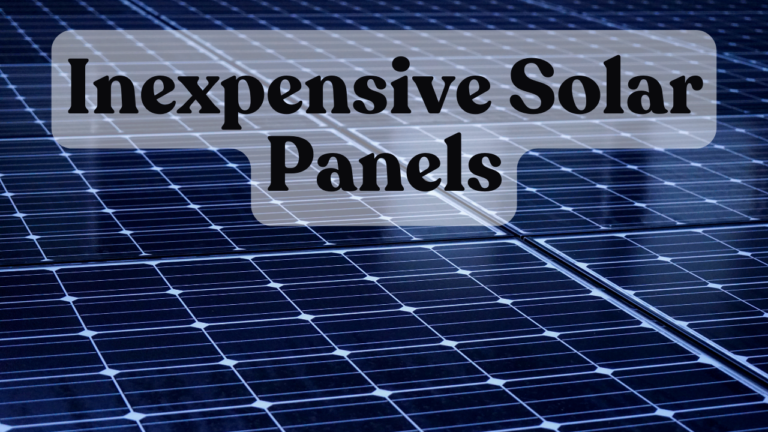Types of Solar Panels: Choosing the Best One for Your Needs
Solar panels have become a popular choice for generating clean and renewable energy. They help reduce electricity bills, lower carbon footprints, and provide energy independence. However, with different types of solar panels available, choosing the right one can be confusing.
If you’re considering solar power for your home, business, or any other project, it’s important to understand the different types of solar panels and their benefits. In this article, we’ll break down the most common types of solar panels, their advantages, and how to choose the best one for your needs.
1. Monocrystalline Solar Panels
What Are They?
Monocrystalline solar panels are made from a single crystal structure of silicon. This gives them a uniform black color and a sleek appearance.
Benefits of Monocrystalline Panels:
- High Efficiency – These panels have the highest efficiency, usually ranging from 18% to 22%, meaning they generate more power from sunlight.
- Space-Saving – Since they produce more electricity per square foot, they require less space compared to other types.
- Long Lifespan – They are durable and can last for 25 to 30 years.
- Great Performance in Low Light – Monocrystalline panels work well even on cloudy days or in areas with less sunlight.
Drawbacks:
- Expensive – They are the most costly type of solar panels.
- Waste Production – The manufacturing process produces some waste silicon.
Best For:
- Homeowners with limited roof space.
- People looking for high efficiency and long-term investment.
- Locations with frequent cloudy weather.
2. Polycrystalline Solar Panels
What Are They?
Polycrystalline panels are made from multiple silicon fragments melted together, giving them a blue, speckled look.
Benefits of Polycrystalline Panels:
- Affordable – They cost less than monocrystalline panels.
- Good Efficiency – Their efficiency ranges from 15% to 17%, making them a decent choice for many homeowners.
- Durable – They can last 20 to 25 years with proper maintenance.
Drawbacks:
- Lower Efficiency – They generate less electricity per square foot compared to monocrystalline panels.
- Require More Space – Since they are less efficient, you may need more panels to generate the same amount of power.
Best For:
- Budget-conscious buyers who still want reliable solar power.
- Homes with plenty of roof space.
- Moderate climate areas with good sunlight exposure.
3. Thin-Film Solar Panels
What Are They?
Thin-film solar panels are made by depositing layers of photovoltaic material onto a surface like glass, metal, or plastic. These panels are thinner and more flexible than traditional silicon-based panels.
Benefits of Thin-Film Panels:
- Lightweight and Flexible – Easy to install on a variety of surfaces, including curved structures.
- Affordable – Cheaper to produce compared to crystalline silicon panels.
- Good Performance in High Temperatures – They work well in hot climates and have better shade tolerance.
- Aesthetic Appeal – Their sleek design blends well with modern buildings.
Drawbacks:
- Lower Efficiency – Usually between 10% to 12%, meaning they need more space.
- Shorter Lifespan – Typically lasts 10 to 20 years, which is less than crystalline panels.
- Degradation Over Time – They tend to degrade faster, reducing power output.
Best For:
- Large commercial buildings or solar farms where space is not an issue.
- Portable solar applications (e.g., solar chargers, RVs, boats).
- Locations with high temperatures or partial shading.
4. Bifacial Solar Panels
What Are They?
Bifacial solar panels can absorb sunlight from both the front and back sides, increasing their power output.
Benefits of Bifacial Panels:
- Higher Energy Production – The ability to capture sunlight from both sides increases efficiency.
- Durable Design – Often made with glass on both sides, making them more resistant to weather damage.
- Great for Ground Installations – Works best when mounted on reflective surfaces like white roofs or light-colored ground.
Drawbacks:
- Expensive – Higher cost than traditional panels.
- Requires the Right Setup – To maximize energy generation, they need to be mounted properly with enough space for light reflection.
Best For:
- Large-scale solar farms.
- Commercial buildings with reflective surfaces.
- Homeowners who want the latest solar technology with maximum efficiency.
5. PERC Solar Panels (Passivated Emitter and Rear Contact)
What Are They?
PERC solar panels are an upgraded version of monocrystalline panels with an additional layer at the back to enhance efficiency.
Benefits of PERC Panels:
- Higher Efficiency – Ranges from 20% to 25%, making them more powerful than standard monocrystalline panels.
- Better Performance in Low Light – Works well during mornings, evenings, and cloudy days.
- Compact Design – Requires less space to generate the same amount of energy as traditional panels.
Drawbacks:
- More Expensive – Costs more than traditional monocrystalline panels.
- Requires More Advanced Manufacturing – Not as widely available as other panel types.
Best For:
- Homeowners looking for high efficiency and long-term savings.
- People living in areas with limited sunlight.
Which Solar Panel Type Should You Choose?
The best solar panel for you depends on your budget, energy needs, available space, and climate. Here’s a simple guide to help you decide:
- If you want the most efficient and long-lasting option, go for Monocrystalline.
- If you’re on a budget but still want a reliable solar system, choose Polycrystalline.
- If you need lightweight, flexible panels, or have a commercial project, Thin-Film is a great choice.
- If you want maximum energy generation and have the right setup, consider Bifacial Panels.
- If you’re looking for advanced technology with higher efficiency, opt for PERC Panels.
Final Thoughts
Understanding the different types of solar panels can help you make the right decision for your home or business. Each type has its own strengths and weaknesses, so it’s important to consider your energy goals, budget, and space availability before making a choice.
No matter which type you choose, switching to solar energy is a smart and sustainable investment. It not only saves money but also helps create a cleaner and greener future.
If you’re ready to install solar panels, consult a professional solar provider to get the best recommendations for your specific needs. Start harnessing the power of the sun today!

